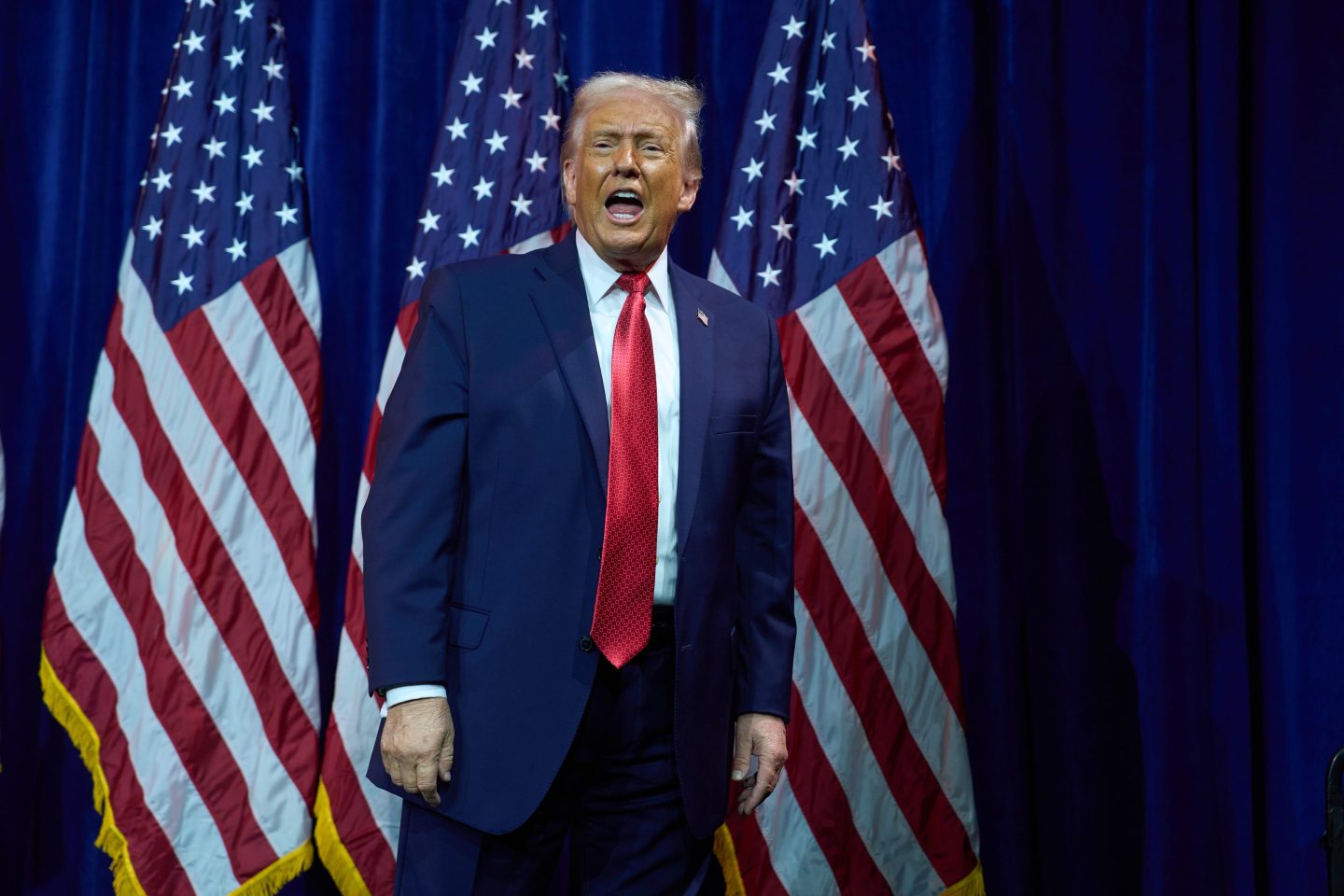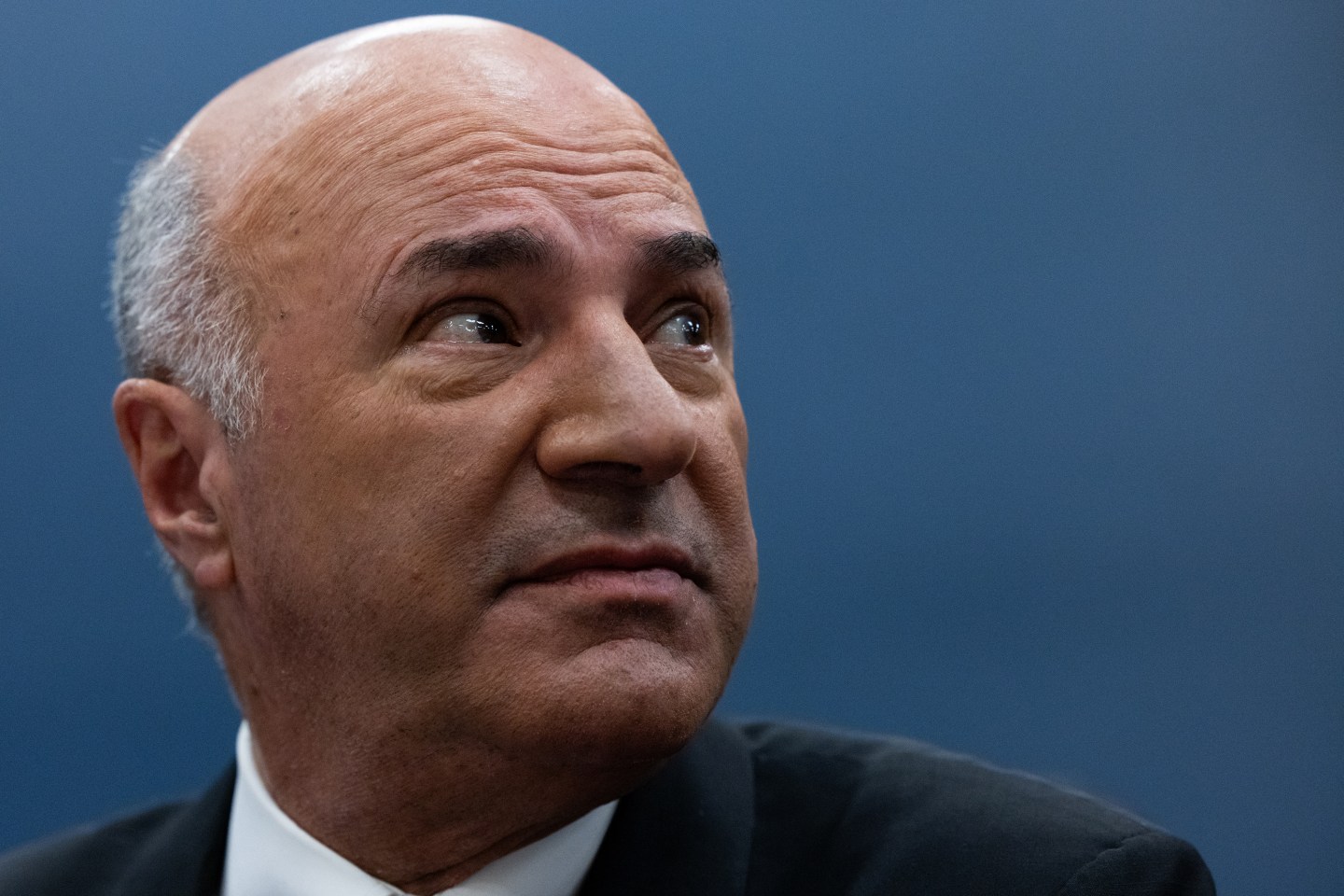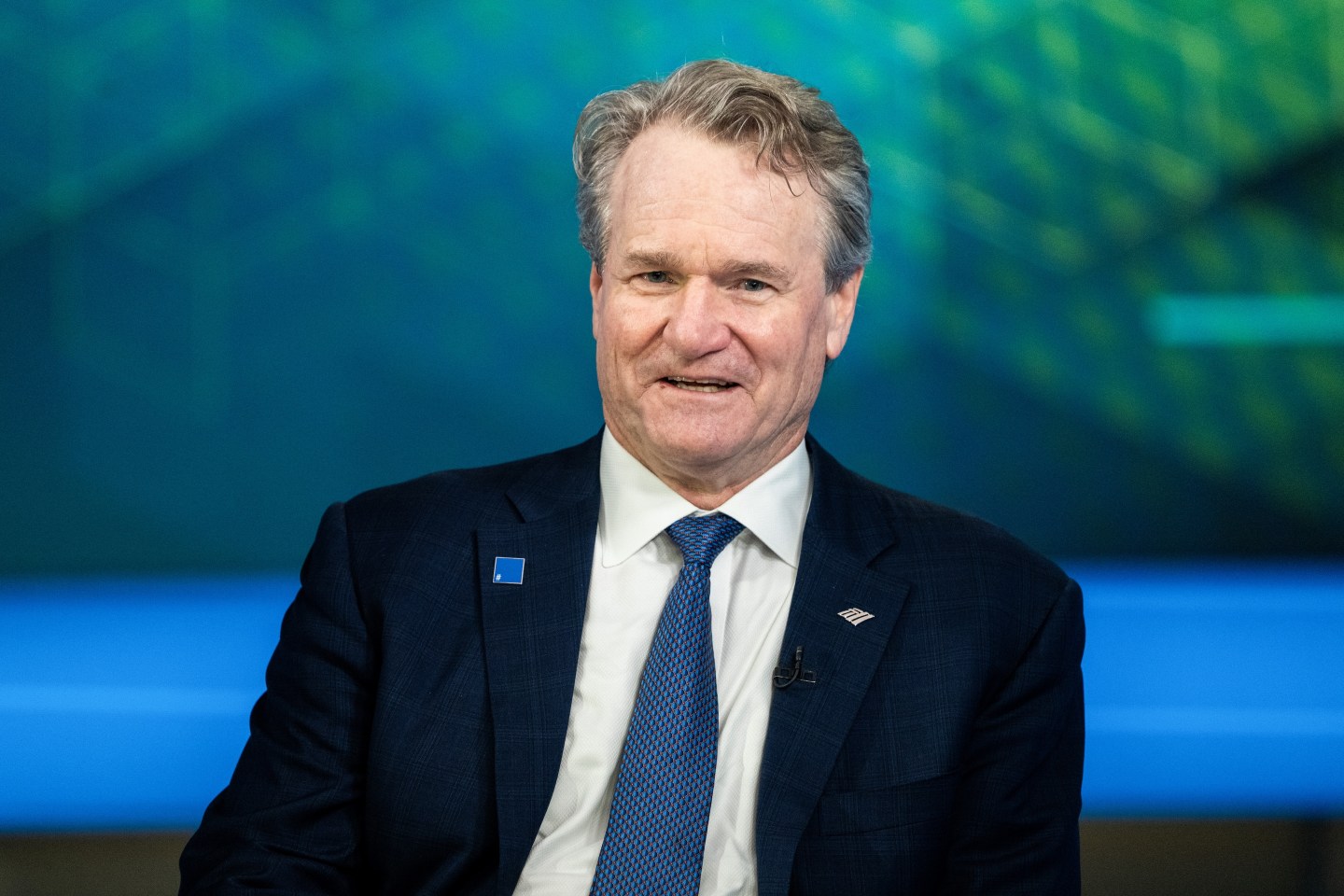After nearly four years of fraught negotiations, Britain is poised to leave the European Union on January 31, and few are more relieved that the period of uncertainty is over than British carmakers.
The U.K.’s top luxury car brands have invested hundreds of millions of dollars to bolster operations at home, but leaving the European Union without a deal could have them scrambling to relocate factories and supply channels.
Britain’s automotive industry, which relies upon frictionless trade within Europe, is bracing for a downturn. Production is expected to fall 24%, to 1.36 million units, from its peak of 1.8 million units in 2016 when Britain voted to leave the EU, according to IHS Markit.
Thankfully for British household brands like Jaguar and Aston Martin, which are in the middle of launching large-scale projects, a dreaded “no deal Brexit” has been averted with prime minister Boris Johnson securing an overwhelming majority in December’s general election. But new trade agreements with the European Union and the U.K.’s other major trading partners are yet to be negotiated.
Jaguar Land Rover earmarked more than $650 million to invest in a new design studio before Britain voted to leave the EU in June 2016. The automaker held a grand opening for the 129,000-square-foot studio in Gaydon, U.K. in September. Twice as large as its previous space, the cutting-edge compound is powered entirely by renewable energy sources including roof-mounted photovoltaic panels.

Additionally, Jaguar is gearing up to electrify its lineup and convert its factory in Castle Bromwich, U.K. to build battery-powered vehicles. The automaker plans to launch an electrified version of its flagship XJ sedan and soon begin offering all of its new vehicles in hybrid or electric versions.
The investment is too focused on England, giving Jaguar a “long-term competitive disadvantage,” said Ferdinand Dudenhoffer, director of the Center for Automotive Research at the University of Duisburg-Essen in Germany. “The investments for Gaydon were decided a few years ago. The point of no return in the decision was exceeded.”
Brexit threatens higher costs for both manufacturers and consumers as the EU imposes new tariffs on cars, trucks, and SUVs built in the UK. Without a trade deal, Britain would be subject to World Trade Organization tariff rules, including a 10% duty on finished cars imported into the EU and a low-single digit tariff on components exported to the UK.
On average, a single vehicle requires about 30,000 parts to assemble. Some of these components may travel across the border multiple times during the assembly process, a journey that could rack up tariffs and create delays at ports and checkpoints.
“The uncertainty makes it difficult to justify capital expenditure in plants for future projects with a clear indication of the future,” Fletcher said.
Meanwhile, Aston Martin is gearing up for its most critical product launch of the last century—its first-ever SUV, the $189,900 DBX—with a new factory in Wales. The company is four years into its “Second Century” plan that will see the launch of seven models in as many years. Those include two hypercars and an all-electric Lagonda SUV.

“The quality and capability of these models would normally position these automakers for growth, but Brexit concerns are hindering nearly every British-based global company,” said Karl Brauer, executive publisher of Kelley Blue Book. “These concerns, and the limits they are imposing on economic growth and success, will continue until Brexit is fully resolved.”
Bentley Motors, which celebrates its centenary this year, is better insulated from Brexit pressures as part of the behemoth Volkswagen Group.
The luxury marque is launching its most advanced model yet: the 2020 Flying Spur saloon, which is designed, engineered and handcrafted at the company’s headquarters in Crewe, England.

The $214,600, 626-horsepower sedan helps Bentley go head to head with the Rolls-Royce Ghost and Mercedes-Maybach S-Class. The new Flying Spur features a 6.0-liter twin-turbocharged W12 engine and minute attention to detail, from the 22,000 knurled aluminum bezels adorning its dashboard knobs to a rear-row touch screen that allows passengers to control massage, climate, and mood lighting functions.
For Bentley, the luxury saloon market is “probably the most intensely competitive because every car in the segment is so technically excellent,” said Peter Guest, project manager for the Flying Spur. “It’s really important we get this right.”
And for the sake of its automakers, Westminster better get Brexit right.
More must-read stories from Fortune:
—The next frontier of road rage is the parking garage
—3 key takeaways from Tesla’s blockbuster fourth-quarter earnings
—Who is Luca de Meo, Renault’s new CEO?
—Can Tesla keep growing without critical tax incentives?
—How Renault is navigating disruption in the auto industry
Follow Fortune on Flipboard to stay up-to-date on the latest news and analysis.











